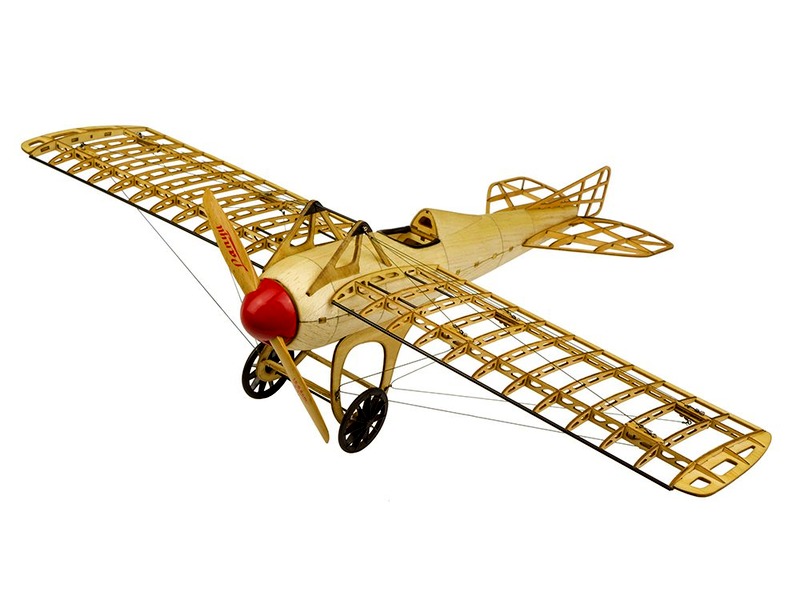Can you fly RC planes in parks?

Yes, you can fly RC planes in parks, although there are some restrictions that you need to be aware of.
First and foremost, it is important to check the local laws and regulations of the park or area you are flying in. Some parks may have specific rules regarding the use of radio-controlled aircraft, and it is important to be aware of these before flying.
Second, you should be aware of the size restrictions for the aircraft. Generally, RC planes should be no larger than 55 pounds, and the wingspan should not exceed 6 feet. It is also important to be aware of any local noise ordinances, as some parks may have rules about how loud the aircraft can be.
Third, it is important to be aware of the safety of other park visitors. It is best to fly in a designated area away from other people, and to avoid flying in areas where there are a lot of people. It is also important to be aware of your surroundings and to stay away from trees, buildings, and other objects that could be damaged by the plane.
Fourth, it is important to fly responsibly and to be respectful of other park visitors. Make sure to keep your plane below 400 feet and away from other people. It is also important to be aware of the wind speed and direction and to be aware of any other aircraft in the area.
Finally, it is important to be aware of the weather conditions. Flying in bad weather can be dangerous and can cause damage to the plane or the park. It is best to avoid flying in strong winds, rain, or snow.
In summary, you can fly RC planes in parks, but it is important to be aware of the local laws and regulations, size restrictions, safety of other park visitors, and the weather conditions. By following these guidelines, you can enjoy flying RC planes in parks without endangering yourself or others.
Comments / Question
2. Wear eye protection and a hat to protect yourself from the propeller.
3. Keep a safe distance from other park visitors and animals.
4. Make sure your plane is in good condition and ready to fly.
5. Always keep the plane in view and fly at a safe distance from people and objects.
6. Have a spotter to help you keep track of the plane and its surroundings.
7. Use a flight simulator to practice your flying skills before taking your plane out.
8. Avoid flying near roads, buildings, or power lines.
9. Be aware of the wind direction and speed before flying.
10. Make sure your radio system is working properly.

